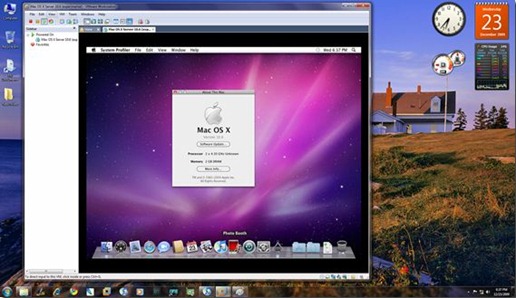


This is subject to change when Apple Silicon support is added to their main lineup, however until then the steps to get started are pretty straightforward. You need to go to VMWare’s website and download and install manually.Īt the time of writing VMware is still offering Apple Silicon support through their Public Tech Preview for free. (20191287) then you need to update.ĭue to a limitation of the VMWare updater software, if you are on an earlier version, it will report that there are no updates available. If you are not on at least Player Version e.x.p.

You need to be on the 22H2 release of the VMWare Technical Preview. Installing VMware on Apple Silicon (M1/M2) Macs (Host) Try checking out our guides on other topics too: How to Install Windows on Mac and How to Play Windows Games on a Mac. You will now be able to use VMware Fusion to install any OS of your choice on your M1 Mac easily. Once you complete this procedure, you will be able to run VMware Fusion in macOS Monterey on your M1 Mac. Once you log in to your VMware account, the download will automatically begin.Log in using your VMware ID or create a new account to continue. You will see the file “VMware Fusion Technology Preview 21H1 (for ARM)”.Open a browser on your Mac and visit VMware.Using VMware on your latest Mac is a cakewalk. How to Run VMware Fusion in macOS Monterey on M1 Mac Today, we will explain how you can use it on your MacBook. Luckily, VMware recently rolled out the Fusion beta to run on M1-based Mac. Earlier, VMware was compatible with only Intel-based Macs which made things difficult for M1 Mac users.


 0 kommentar(er)
0 kommentar(er)
